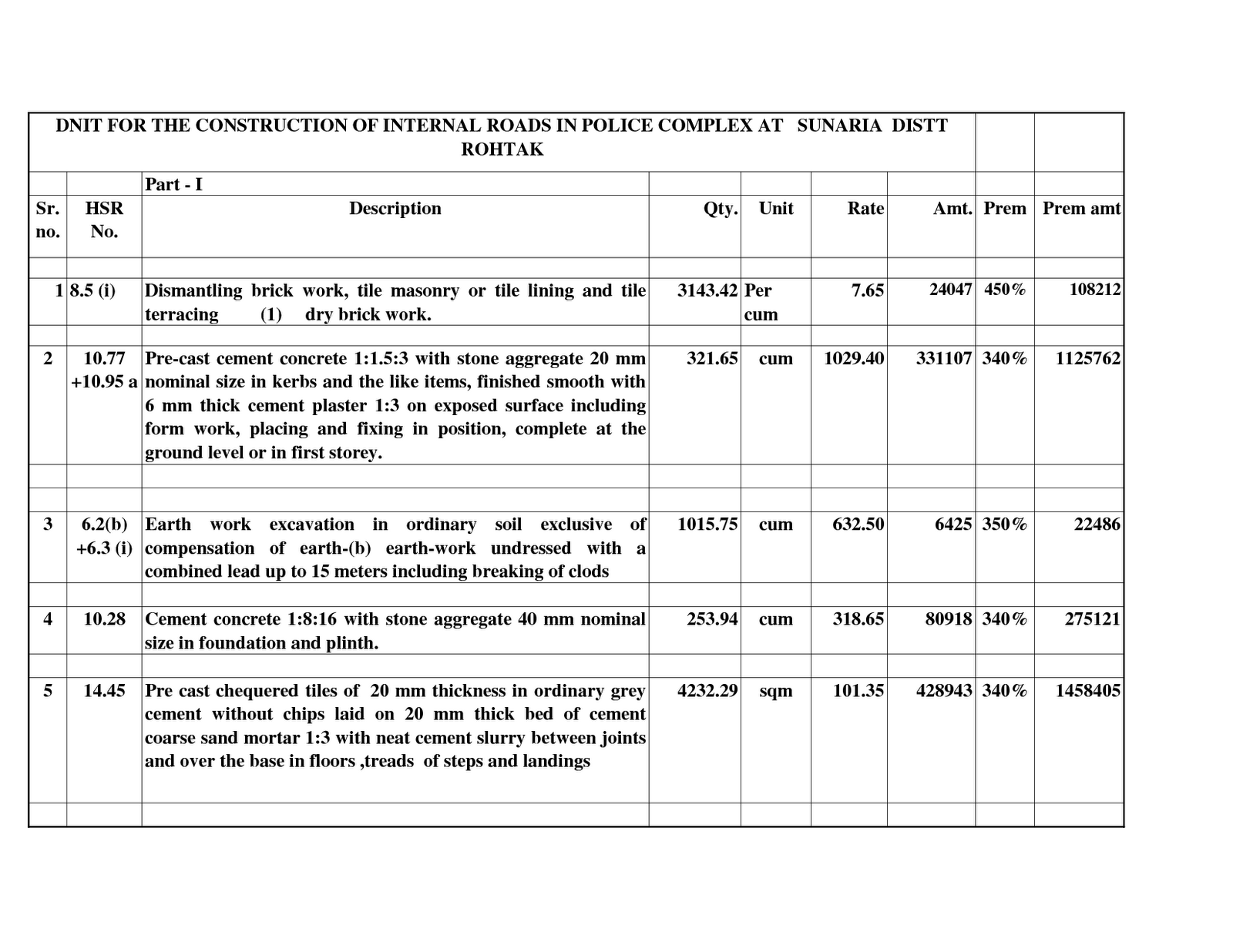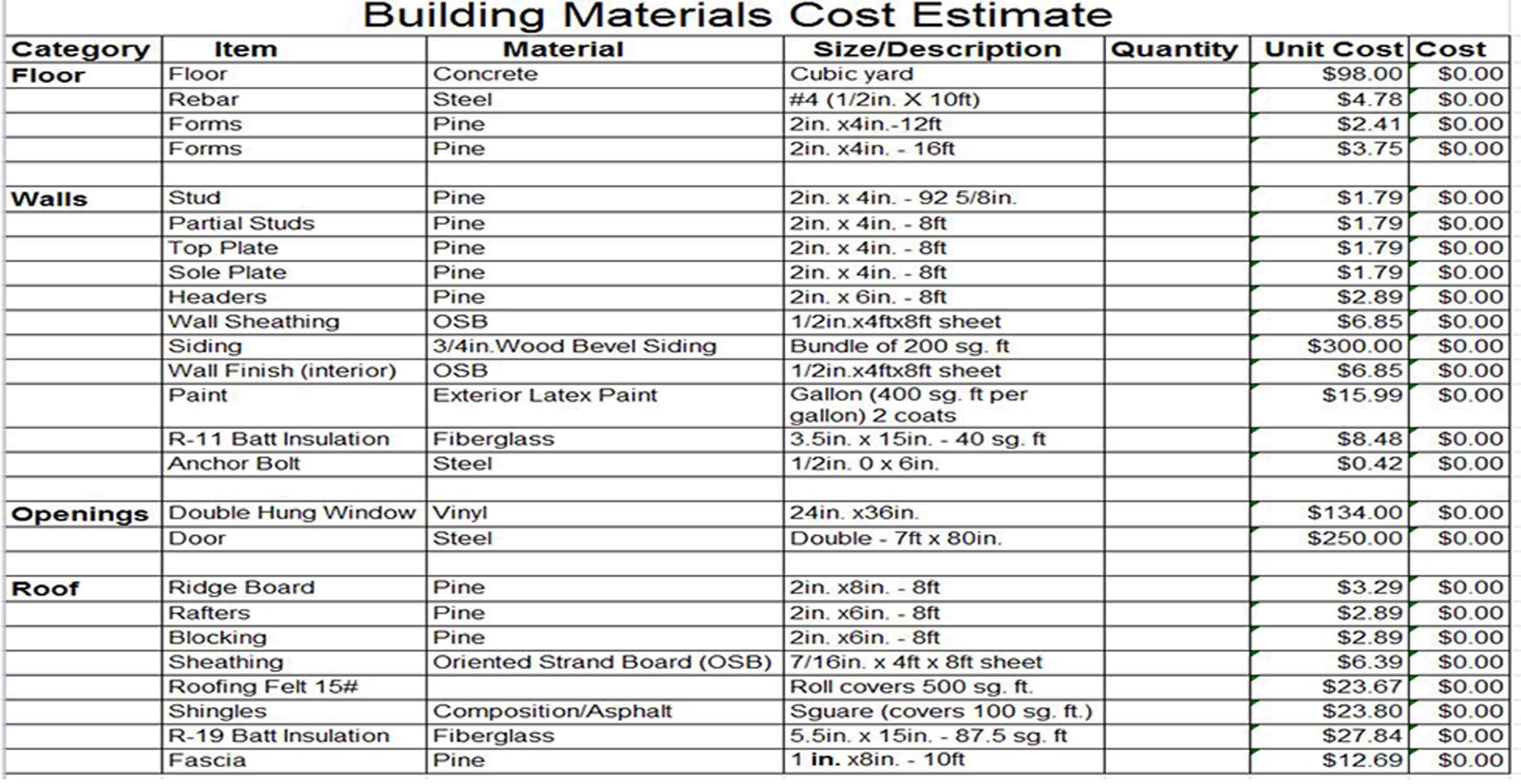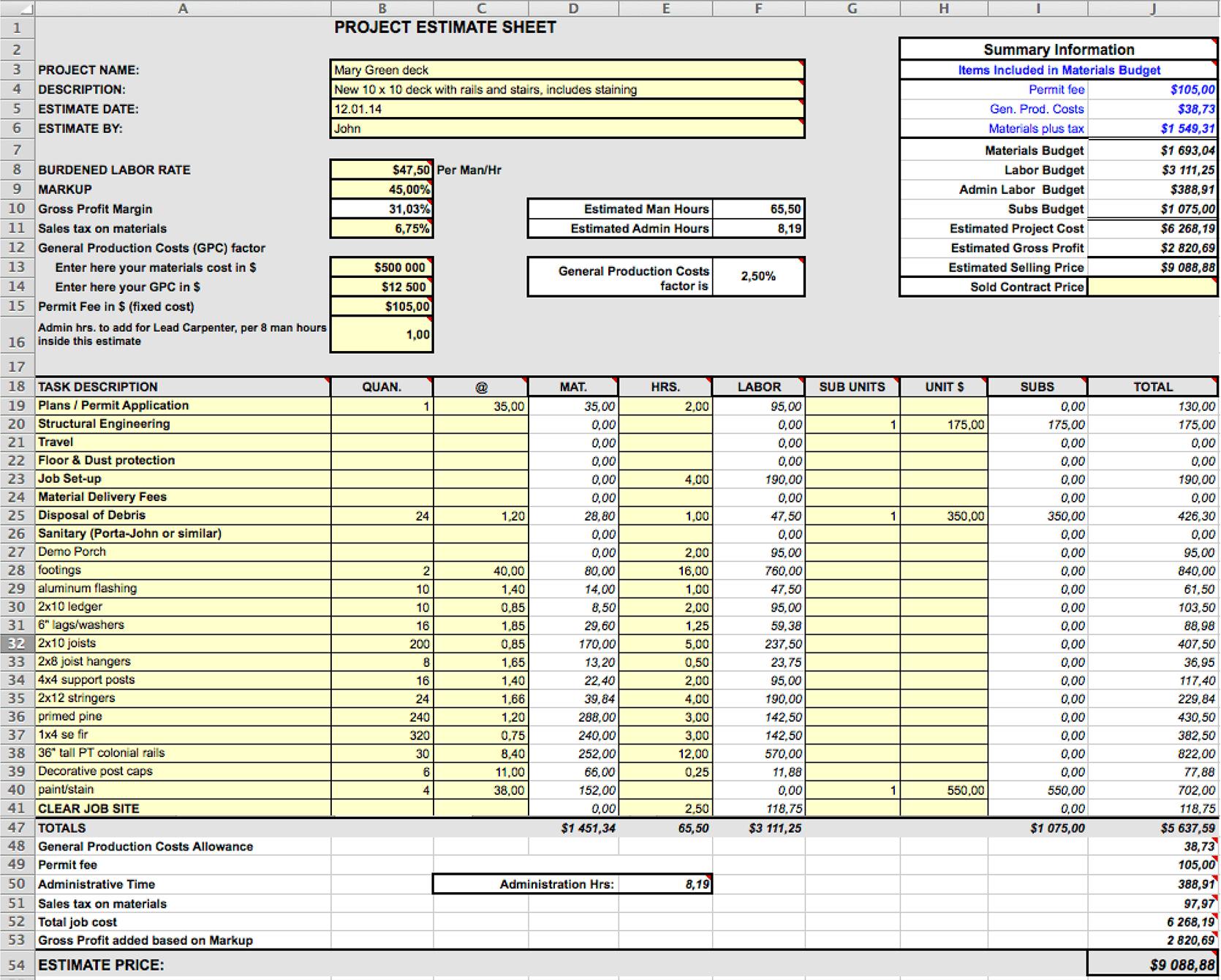Understanding the Bill of Quantities: Bill Of Quantities For A 2 Bedroom House

A Bill of Quantities (BOQ) is a comprehensive document that Artikels the specific materials, labor, and equipment required to complete a construction project. For a 2-bedroom house, the BOQ serves as a detailed blueprint for the construction process, ensuring clarity and transparency between the homeowner and the contractor.
Key Components of a Bill of Quantities
The BOQ for a 2-bedroom house is typically structured around three key components: materials, labor, and equipment.
- Materials: This section lists all the raw materials needed for the construction, including building materials like bricks, concrete, timber, roofing tiles, insulation, and plumbing fixtures. It also includes finishes like paint, tiles, flooring, and fixtures. The quantity of each material is specified to ensure sufficient supply throughout the project.
- Labor: This section details the different types of labor required for each stage of construction. It includes skilled trades like carpentry, plumbing, electrical work, and masonry, as well as unskilled labor for tasks like cleaning and site preparation. The BOQ specifies the number of workers required and the duration of their work for each task.
- Equipment: This section lists the necessary equipment for the construction process, including heavy machinery like excavators, cranes, and concrete mixers, as well as smaller tools like drills, saws, and ladders. The BOQ specifies the type, size, and duration of use for each piece of equipment.
Benefits of a Bill of Quantities
The use of a BOQ provides significant benefits for both homeowners and contractors.
- For Homeowners:
- Accurate Cost Estimation: The BOQ provides a detailed breakdown of all project costs, enabling homeowners to make informed financial decisions and avoid surprises during the construction process.
- Transparency and Accountability: The BOQ ensures transparency between the homeowner and the contractor, as it Artikels the specific work involved and the associated costs.
- Effective Budget Management: The BOQ helps homeowners to manage their budget effectively by providing a clear understanding of the expected expenses and allowing for adjustments if necessary.
- For Contractors:
- Precise Bidding: The BOQ enables contractors to provide accurate and competitive bids based on the detailed scope of work and the required materials and labor.
- Efficient Project Planning: The BOQ facilitates efficient project planning by outlining the sequence of tasks, the required resources, and the estimated timeframes for each stage.
- Reduced Risk of Cost Overruns: The BOQ helps to minimize the risk of cost overruns by providing a clear understanding of the project scope and the associated expenses.
Creating a Bill of Quantities

A Bill of Quantities (BOQ) is a detailed document that lists all the materials, labor, and equipment required for a construction project. It serves as a comprehensive breakdown of the project’s cost and is crucial for budgeting, procurement, and contract management.
Creating a Bill of Quantities for a 2-Bedroom House
Creating a BOQ for a 2-bedroom house involves a systematic process that ensures all project elements are accounted for.
Step 1: Define the Scope of Work
The first step is to clearly define the scope of work for the project. This includes identifying all the construction activities, such as site preparation, foundation, framing, roofing, plumbing, electrical, finishes, and landscaping. A detailed understanding of the project’s scope will help determine the items to be included in the BOQ.
Step 2: Prepare Drawings and Specifications
Accurate architectural drawings and detailed specifications are essential for creating a comprehensive BOQ. These documents provide information on the dimensions, materials, and finishes required for each construction element.
Step 3: Itemize the Work
The next step is to itemize the work by breaking down the project into individual components. This involves listing all the materials, labor, and equipment required for each construction activity.
Step 4: Determine Quantities
After itemizing the work, the next step is to determine the quantities of each item. This involves calculating the volume of materials, the number of labor hours, and the amount of equipment needed for each construction activity.
Step 5: Assign Unit Prices
The unit price for each item is determined based on market rates, labor costs, and material costs. It’s crucial to research current market prices and consider factors like location, availability, and quality of materials.
Step 6: Calculate Total Cost
The total cost for each item is calculated by multiplying the quantity by the unit price. This information is then summarized in a table, providing a comprehensive overview of the project’s estimated cost.
Examples of Common Items Included in a BOQ
The following are examples of common items included in a BOQ for different construction phases:
Foundation
- Excavation
- Concrete for footing and foundation walls
- Rebar
- Formwork
- Drainage pipes
Framing
- Lumber for walls, floors, and roof
- Sheathing
- Joists
- Rafters
- Studs
Roofing
- Roofing shingles
- Underlayment
- Flashing
- Roofing nails
- Roofing felt
Sample BOQ Table
| Item Description | Quantity | Unit Price | Total Cost |
|---|---|---|---|
| Excavation for foundation | 10 m3 | $100/m3 | $1,000 |
| Concrete for footing | 5 m3 | $150/m3 | $750 |
| Rebar for foundation | 100 kg | $2/kg | $200 |
| Formwork for foundation | 20 m2 | $50/m2 | $1,000 |
Factors Affecting the Bill of Quantities

The Bill of Quantities (BOQ) is a detailed document that Artikels the cost of each item required for a construction project. Several factors can influence the BOQ, and understanding these factors is crucial for accurate cost estimation and project planning. This section will explore the key factors that can affect the cost of a 2-bedroom house, focusing on location, building materials, design choices, labor costs, permits, and inspections.
Location
The location of a construction project significantly impacts the cost of building a 2-bedroom house. Factors such as land prices, availability of labor, and local building regulations all play a role.
- Land Prices: Land prices vary greatly depending on the location, with urban areas typically commanding higher prices than rural areas. This directly impacts the overall cost of the project, as the land purchase is a major expense.
- Labor Costs: Labor costs can also fluctuate based on location. Areas with high demand for skilled labor tend to have higher labor costs, which can increase the cost of construction.
- Building Regulations: Local building regulations can influence the cost of construction. Some areas may have stricter regulations that require more expensive materials or construction methods.
Building Materials
The choice of building materials is a major factor influencing the cost of a 2-bedroom house. Different materials have varying costs and performance characteristics, impacting the overall budget.
- Cost: Materials like brick, concrete, and timber vary in price, with some materials being more expensive than others. For example, using high-quality hardwood flooring will be more expensive than using laminate flooring.
- Performance: Different materials offer different levels of insulation, durability, and sustainability. Choosing materials with superior performance characteristics may come at a higher cost.
- Availability: The availability of certain materials can also influence cost. Materials that are scarce or difficult to source may be more expensive.
Design Choices
Design choices can significantly impact the cost of a 2-bedroom house. Complex designs with intricate details and custom features can increase the cost of construction.
- Complexity: Simple and straightforward designs are generally less expensive to build than complex designs with multiple levels, unusual angles, or custom features.
- Features: The inclusion of features like a swimming pool, large decks, or elaborate landscaping can add significant costs to the project.
- Customization: Custom-designed elements, such as built-in cabinetry or unique architectural features, can be more expensive than standard options.
Labor Costs, Bill of quantities for a 2 bedroom house
Labor costs are a significant component of the overall construction cost. Factors like the skill level of the labor force, the project’s complexity, and the prevailing wage rates in the area can impact labor costs.
- Skill Level: Skilled labor, such as specialized electricians, plumbers, and carpenters, typically commands higher wages than general laborers.
- Project Complexity: Complex projects that require more specialized skills and expertise will generally have higher labor costs.
- Wage Rates: Labor costs are also influenced by prevailing wage rates in the area. Areas with a high cost of living tend to have higher wages, which can increase labor costs.
Permits and Inspections
Obtaining permits and inspections is essential for any construction project and can contribute to the overall cost. The specific permits and inspections required vary depending on the location and project scope.
- Permit Fees: Permit fees vary depending on the type of permit and the location. These fees can add up, especially for larger projects.
- Inspection Fees: Inspection fees are charged for each inspection required during the construction process. These fees can also add to the overall cost.
- Delays: Delays caused by permit processing or inspections can impact the project schedule and increase overall costs.
Traditional vs. Modern Homes
The cost of building a 2-bedroom house can vary significantly between traditional and modern designs.
- Traditional Homes: Traditional homes often feature intricate details, custom moldings, and ornate finishes. These elements can increase the cost of construction due to the specialized labor and materials required.
- Modern Homes: Modern homes typically emphasize simplicity, clean lines, and open floor plans. These designs can be more cost-effective to build due to their streamlined construction and use of readily available materials.
